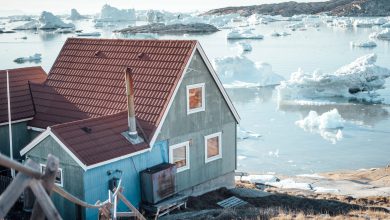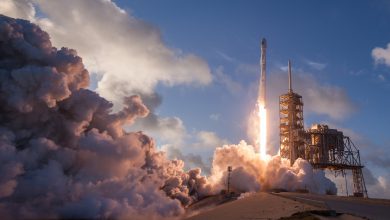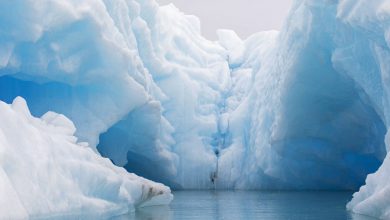EuropeResolvedResolvedThe Americas
Boundaries: The Falklands or Las Islas Malvinas?
A set of disputed islands off the coast of South America was the site for a heated dispute between England and Argentina.
The Falkland Islands, or “Las Islas Malvinas,” as Argentina calls them may seem to the casual observer to be a small and insignificant archipelago in the South Atlantic Ocean. But these pair of islands have been a source of dispute between countries for many centuries which culminated in the Falkland War between the United Kingdom and Argentina at the end of the last century.
The Falkland Islands were uninhabited until European explorers came to the New World. In the 16th century, many countries sent vessels that visited or approached the islands. This included the Spanish, Portuguese and British. During this time, the islands were called by different names, such as the Sebaldes.
In 1690, a British sea captain named John Strong christened the body of water between the islands and Argentina the Falkland Channel, in tribute to Anthony Cary, 5th Viscount of Falkland. A little later on, the islands took this name as well.
The first colony on the islands appeared in 1764, when the French settled Port Louis. They called the islands “Îles Malouines” after a port in Brittany, and “Islas Malvinas” is a Spanish translation of this name. A few years after this settlement was established, the British settled a different part of the islands, unaware of the French colonization. At around the same time, the French ceded their colony to Spain, which is when the dispute over the islands’ ownership first came into place.
The Spanish wanted the British to leave the islands, and the two countries almost fought a war over them in 1770. For a while, both countries had settlements on the islands. Then, a few years later, the British withdrew, but they still claimed the islands as their territories. From this period to 1833, the Spanish solely ruled the islands, but they had no permanent settlement there of any kind.
In 1833, British forces returned to the islands. Though the Argentine Confederation (as Argentina was called back then) did not recognize British sovereignty over the islands, and protested British presence there. Nevertheless, in 1840 Great Britain officially made the islands a British colony, and settlers began to arrive there. From this period to the aftermath of World War II, the dispute over the islands was mostly dormant. The islands’ population grew and so did development of the islands.
The dispute reignited when Argentine president Juan Perón demanded the return of the islands, and in 1965 a U.N. resolution requested that both countries peacefully settle the dispute. To this end, in the 1960s and 1970s the two countries discussed transferring the islands to Argentinian control. The Argentinians were even allowed to build an airfield on the islands in 1972.
But the people living on the islands, who are called Falkland Islanders, did not want the islands transferred to Argentina, and they were able to scuttle negotiations between the two countries. At the same time, the military took control over Argentina, and because of both social and economic problems in the country, its leaders decided to invade the islands in April of 1982. Argentinian forces then occupied the islands for two months, until British forces dislodged them. This resulted in an increased British military presence on the islands. The area has also become heavily mined.
In 1983, all Falkland Islanders officially became British citizens, and today most of them want to remain a British colony. But Argentinian still claims sovereignty over the islands, and their future remains disputed.



